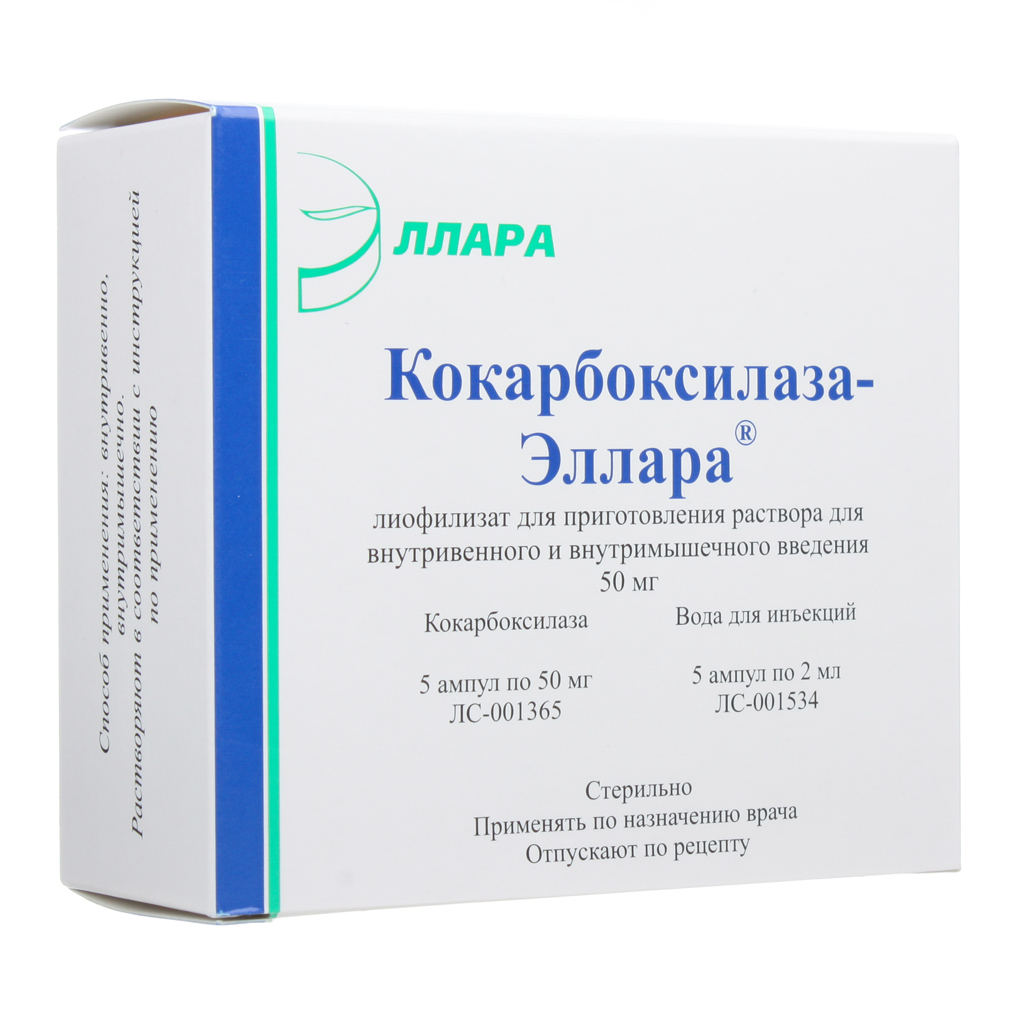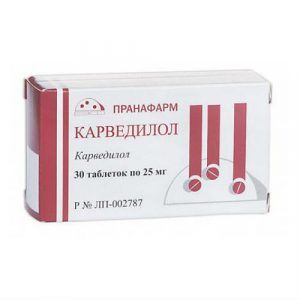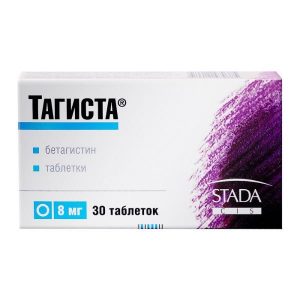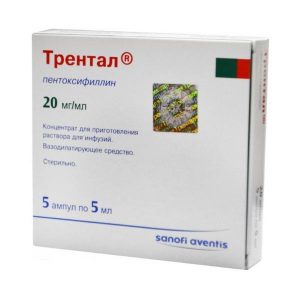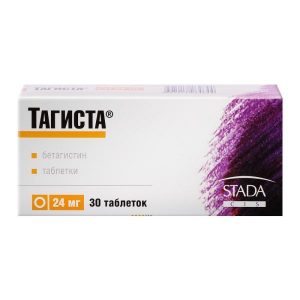Description
Release form
Lyophilisate for preparation of solution for intravenous and intramuscular injection of 50 mg in neutral glass ampoules.
Pharmacological action of
Cocarboxylase – a coenzyme of thiamine (vitamin B1), is phosphorylated in the body to form mono-, di- and triphosphoric esters, is part of enzymes that catalyze the carboxylation and decarboxylation of alpha-keto acids, pyruvic acid co-enzyme, promotes the formation of , which determines its participation in carbohydrate metabolism. Exogenous vitamin B1 (thiamine) to participate in these processes must be metabolized by phosphorylation to cocarboxylase – the finished form of coenzyme. It should be noted that the properties of cocarboxylase are only partially adequate to those of thiamine, cocarboxylase is not used for the prevention and treatment of hypo- and vitamin deficiency B1.
Improves the absorption of glucose, trophic nervous tissue, helps to normalize the function of the cardiovascular system. Cocarboxylase deficiency causes an increase in the level of pyruvic and lactic acids in the blood, which leads to acidosis and acidotic coma.
Indications
In the complex treatment of hepatic and renal failure, diabetic precoma and coma, diabetic ketoacidosis, chronic heart failure and cardiac arrhythmias, peripheral neuritis.
For children, the drug is prescribed for the same reasons. In newborns, the drug is also used in the complex treatment of conditions associated with hypoxia and acidosis, including asphyxiation of newborns, hypoxic encephalopathy, circulatory failure, pneumonia, sepsis, etc.
Contraindications
Hypersensitivity to the drug.
Use during pregnancy and lactation
Studies on the efficacy and safety of the use of the drug Cocarboxylase – Ellara during pregnancy and lactation have not been conducted, therefore, when prescribing the drug during these periods, the risk and benefit should be compared.
Dosage and administration
Intramuscularly or intravenously (in a stream or drip). The contents of the ampoule (50 mg) are dissolved immediately before administration in 2 ml of water for injection. With intravenous jet administration, the volume is adjusted to 10-20 ml, with drip administration to 200-400 ml, adding 0.9% sodium chloride solution or dextrose (glucose) solution. For heart rhythm disorders, 100-200 mg per day are prescribed for 15-30 days. In chronic heart failure, 50 mg every 2 hours before the use of digitalis preparations 2-3 times a day. In diabetes mellitus (ketoacidosis, coma), the daily dose is 100 mg. In acute renal and hepatic insufficiency, 100-150 mg are injected intravenously 3 times a day or dropwise, having previously dissolved in 5% dextrose (glucose) solution, 100-150 mg per day. In peripheral neuritis, it is prescribed intramuscularly at a dose of 50-100 mg per day for 1-1.5 months.
Children are injected intramuscularly, intravenously (drip or stream). Depending on the severity of the condition and clinical symptoms, 25 to 50 mg per day are prescribed. The course of treatment is from 3-7 to 15-30 days. Newborns are administered intravenously (slowly) 10 mg per 1 kg of body weight once a day.
Side effects
Allergic reactions (urticaria, skin itching) are possible with intramuscular administration – hyperemia, itching, swelling (at the injection site).
Overdose
Cases of overdose not described
Storage conditions
In a dark place at a temperature of no higher than 10 ° C. Keep out of the reach of children.
Expiration
3 years
Deystvuyuschee
substance Cocarboxylase
dosage form
infusion solution
Indications
Hronicheskaya nedostatochnosty krovoobrashteniya, Prevention Ostrog myocardial infarction, Angina pectoris, Ishemicheskaya bolezny Serdtse
